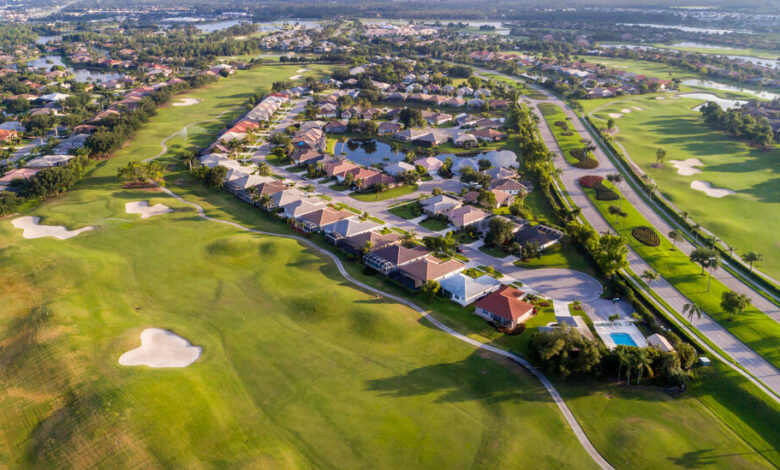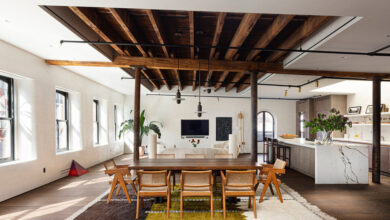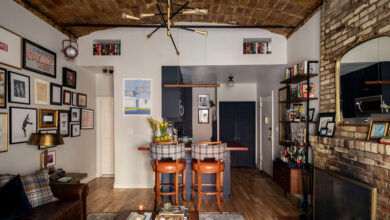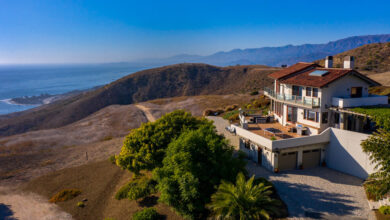How to Find a Golf Home for Less

[ad_1]
While homes in golf communities can cost tens of millions of dollars, it’s also possible to buy some that are more affordable for many people — under $500,000, for example. Here are some tips for finding them.
Buy early in a new community: Carla Barnard, the co-owner of the Golf Course Broker, a company that brokers the sales of golf course developments and homes, said developers trying to attract buyers for a new golf project often offered “early bird” specials. These include lower prices for homes, breaks on memberships and credits to use on restaurants and toward activities and spa treatments. “Buying early on in one of these communities is a great opportunity to find a home at a good deal,” she said.
Location matters: Look at properties in rural and suburban settings rather than densely populated areas. The closer you are to a big city, the more expensive a golf home will be, Ms. Barnard said. Your money will go a lot further, for example, if you buy in rural South Carolina or the countryside in Ireland or northern England than it will if you buy in the heart of Naples, Fla.
Jason Becker, the chief executive of Golf Life Navigators, a matchmaking site that helps people find golf memberships and homes based on their criteria, agreed, adding: “There are hundreds of fantastic golf communities with basic amenities where you can find a good home. It might just mean that your intended geographical location might have to shift a bit.”
The bottom line is that you shouldn’t get discouraged if a market like Palm Beach is beyond your budget because you’ll find plenty of options within an hour’s drive.
Consider bundled communities: In the golf world, Mr. Becker said, a community where your membership to the club is part of your home price is known as a bundled community. Usually, because all the residents are theoretically sharing in the cost of the club, homes in these communities are more affordable for budget-conscious golf-home buyers. If the costs of joining a club and purchasing a home are out of your price range, a bundled community could be a great option. Bundled communities also tend to have fantastic amenities.
Purchase a “starter home”: Buying a small “turnkey” condominium for your first golf home is an inexpensive way to become familiar with a golf market in your desired destination before you’re able to increase your budget to buy that dream home, Mr. Becker said. In addition, the condo may grow in market value and earn you some unexpected money when you sell it.
Buy outside a golf community: Living outside a golf community significantly increases your chances of finding a lower-priced home with lower homeowners association fees; as a rule of thumb, living in a community has extra costs associated with it, such as fees to maintain amenities. These fees are minimal when you’re not in a community. “A lot of golf club members, with price in mind, go down the route of buying a home near the community but not actually within it,” Mr. Becker said.
However, he encourages prospective buyers to ask the membership director how many nonresident members there are. If there are less than 10 percent, you might get into a situation where you’re looked at as the “stepchild.” “It’s better to find a club with a sizable number of nonresident members so you will fit right in,” Mr. Becker said.
[ad_2]
Source link






